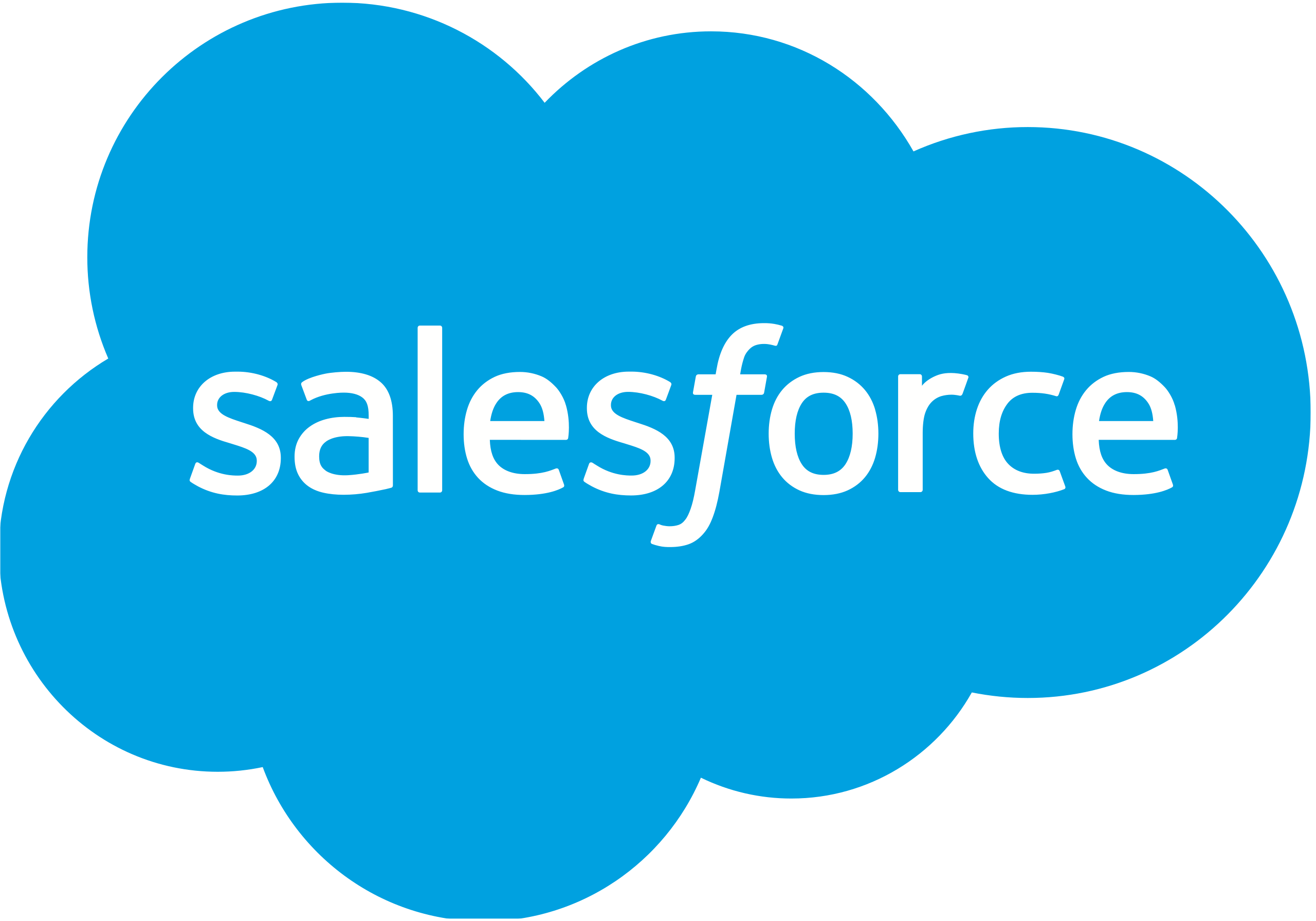Pipeline Velocity: Accelerating Sales Success

Published on: October 01, 2024
In the fast-paced world of sales and revenue operations, understanding and optimizing Pipeline Velocity is crucial for driving business growth and success. 🚀 This metric provides valuable insights into the health and efficiency of your sales process, helping teams identify bottlenecks and opportunities for improvement.
What is Pipeline Velocity?
Pipeline Velocity is a key performance indicator (KPI) that measures the speed at which potential deals move through your sales pipeline. It quantifies how quickly leads are converted into customers, providing a comprehensive view of your sales team's effectiveness and the overall health of your revenue generation process.
The Pipeline Velocity Formula
To calculate Pipeline Velocity, use the following formula:
Pipeline Velocity = (Number of Opportunities × Win Rate × Average Deal Size) ÷ Length of Sales Cycle
Let's break down each component:
- Number of Opportunities: The total count of active deals in your pipeline
- Win Rate: The percentage of deals that successfully close
- Average Deal Size: The typical monetary value of closed deals
- Length of Sales Cycle: The average time it takes to close a deal
Why Pipeline Velocity Matters 📊
Understanding and optimizing Pipeline Velocity is essential for several reasons:
- Forecasting accuracy: Helps predict future revenue more precisely
- Resource allocation: Enables better distribution of sales and marketing efforts
- Performance benchmarking: Allows comparison of team and individual performance
- Process optimization: Identifies areas for improvement in the sales funnel
- Revenue growth: Accelerates deal closure and increases overall revenue
Factors Influencing Pipeline Velocity
Several factors can impact your Pipeline Velocity:
- Lead quality: Better-qualified leads move through the pipeline faster
- Sales process efficiency: Streamlined processes reduce friction and accelerate deals
- Sales team skills: Well-trained teams can navigate the pipeline more effectively
- Marketing and sales alignment: Collaboration ensures a smoother handoff of leads
- Technology and tools: The right CRM and sales enablement tools can speed up the process
Strategies to Improve Pipeline Velocity 🔧
To enhance your Pipeline Velocity, consider implementing these strategies:
- Refine lead qualification: Develop a robust lead scoring system to focus on high-potential opportunities
- Optimize your sales process: Identify and eliminate bottlenecks in your pipeline
- Provide targeted sales training: Equip your team with the skills to move deals forward efficiently
- Leverage automation: Use AI and machine learning to streamline repetitive tasks
- Implement effective content strategies: Develop targeted content for each stage of the buyer's journey
- Regular pipeline reviews: Conduct frequent assessments to keep deals moving and identify stagnant opportunities
Common Challenges in Measuring Pipeline Velocity
While Pipeline Velocity is a powerful metric, it's important to be aware of potential challenges:
- Data accuracy: Ensure your CRM data is clean and up-to-date
- Seasonal variations: Account for cyclical trends in your industry
- Deal complexity: Consider segmenting by deal size or type for more accurate insights
- Team differences: Recognize that different teams or regions may have varying velocities
Pipeline Velocity vs. Other Sales Metrics
To fully understand your sales performance, it's essential to consider Pipeline Velocity alongside other key metrics:
| Metric | Focus | Complementary to Pipeline Velocity |
|---|---|---|
| Conversion Rate | Effectiveness of moving leads through stages | Yes - helps identify specific stage improvements |
| Average Sales Cycle | Time to close deals | Yes - directly impacts velocity calculation |
| Win Rate | Success in closing deals | Yes - key component of velocity formula |
| Customer Lifetime Value | Long-term value of customers | Indirectly - influences deal prioritization |
Implementing Pipeline Velocity in Your Sales Strategy
To effectively leverage Pipeline Velocity in your sales operations:
- Establish a baseline: Calculate your current Pipeline Velocity
- Set realistic goals: Determine target improvements based on industry benchmarks and historical data
- Monitor regularly: Track Pipeline Velocity on a weekly or monthly basis
- Analyze trends: Look for patterns and correlations with other sales activities
- Take action: Implement strategies to address areas of improvement
- Iterate and refine: Continuously adjust your approach based on results
By focusing on Pipeline Velocity, sales teams can drive more efficient processes, close deals faster, and ultimately boost revenue. Remember, the key to success lies in consistent measurement, analysis, and optimization of this crucial metric.
Questions to Consider for Your Sales Stack
As you look to implement or improve Pipeline Velocity tracking in your organization, ask yourself:
- Does our current CRM system provide accurate data for Pipeline Velocity calculations?
- How can we segment our Pipeline Velocity metrics to gain more granular insights?
- What tools or integrations can we add to our tech stack to automate Pipeline Velocity tracking?
- How can we align our marketing efforts with sales to improve overall Pipeline Velocity?
- What training or resources do our sales teams need to effectively leverage Pipeline Velocity insights?
By addressing these questions, you'll be well on your way to harnessing the power of Pipeline Velocity to drive your sales success to new heights. 🏆
















